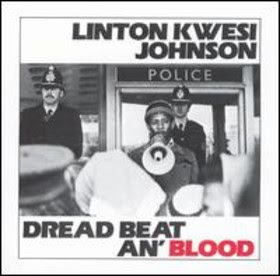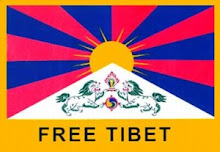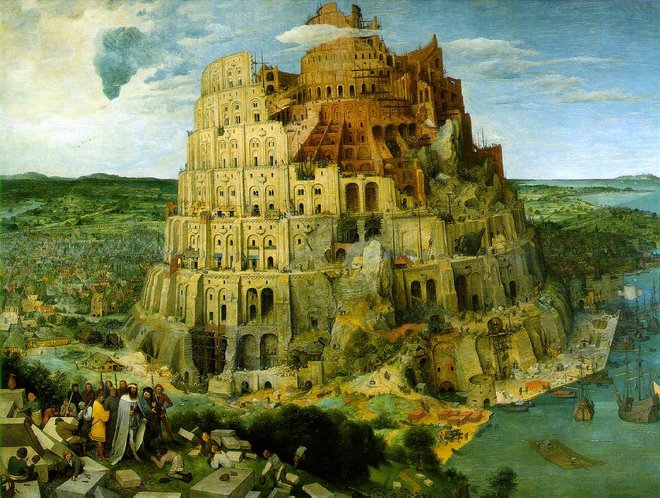 Another incredible album from one of India’s finest bands (in case you missed it, click here for their Kandisa album). Enjoy!
Another incredible album from one of India’s finest bands (in case you missed it, click here for their Kandisa album). Enjoy!«Indian Ocean is a musical ensemble that refuses to pigeonhole itself. Others spend considerable time trying to define their music; the members of the group sidestep that issue politely. Almost every time. But, a few things are certain: their vista is phenomenally wide; they sing in multiple languages and weave in many diverse traditions of music in their works. The languages they sing in include Hindi, English, Urdu, Sanskrit, and even Aramaic. Many songs have interludes in at least half a dozen other regional Indian languages. The musical traditions that they draw upon include classical, folk, sufi, slokas, baul, and contemporary melodies. And they do all of this without sounding gimmicky for a second! All their melodies are intricately crafted works of art, which are guaranteed to marvel and awe.
The Indian Ocean quartet includes individuals from diverse backgrounds. The closest they have come to in the process of defining their music is referring to it as "organic fusion." One must be careful; "fusion" is a tired and a much-maligned concept in contemporary Indian music. Almost anything set to the dull thud of a mindless drum-machine gets labeled as "fusion" these days. In sharp contrast, Indian's Ocean's music is infused with the riches traditions of world music. From rock to raaga, classical to contemporary, blues to baul - Indian Ocean draws inspiration from a vast bank. What emerges is music that is completely peerless.
Indian Ocean, however, has wowed audiences not only in India but also in Europe, Australia and, more recently, in the USA. The foursome came together in the early 1990s and consists of Asheem Chakravarty, Susmit Sen, Rahul Ram and Amit Kilam. It was a fortuitous meeting more than a decade ago, which brought Sen and Chakravarty together, sowing the seeds of Indian Ocean. Even then, it was an interesting mix: Susmit's fire to do something big and his ingenuity with the guitar, and Asheem's traditional, steady, if somewhat laid back background. Then Rahul appeared on the scene, with his romance with the bass guitar and magnificent stage presence. Amit and his drums were soon to follow. But, Amit just doesn't play drums. In any given performance, the number of musical instruments he handles with perfect aplomb, sometimes simultaneously, is quite amazing.» (From an Indian Ocean Fansite)
Read more about this amazing band:
Fused Brains, free music – The story of Indian Ocean
Ratan Prasad’s Indian Ocean page
Black Friday: Music Review by Joginder Tuteja
Link in comments













































